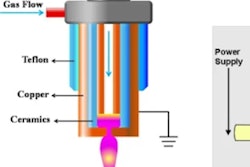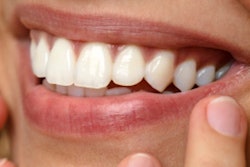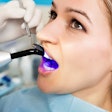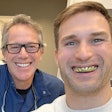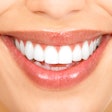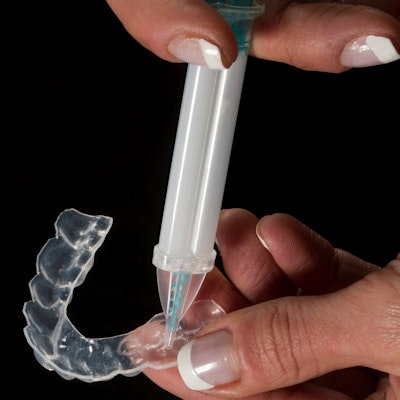
Patients are increasingly seeking dental esthetics, and teeth whitening procedures are a conservative means to improve dental esthetics. As patients become more aware of dental esthetics, there may be increased demand for esthetic procedures and an increase in outcome expectations.
"It is therefore pertinent for dental providers to understand the science behind tooth whitening procedures, their specific indications, success rates, rates of rebound, potential side effects and limitations," wrote the authors of a literature review, led by Karina Irusa of Tufts University.
Researchers analyzed the available research on teeth whitening procedures, their specific indications, and limitations in an article published June 9 in Dentistry Review (Dent Rev, June 9, 2022, Vol.2:3, 100055). Their findings may be helpful for dentists and patients as they make decisions about which method is best for them.
Classifying dental staining
Dental discoloration is classified as extrinsic or intrinsic. Extrinsic staining is often superficial in nature. Smoking and consumption of certain foods and beverages, like coffee and red wine, can lead to extrinsic stains. Inadequate oral hygiene can also cause extrinsic staining.
Intrinsic staining may result following a hemorrhage of the pulp, leading to blood entering the dentinal tubules. The blood decomposes, leading to the deposition of chromogenic blood-degradation products. Systemic use of tetracycline antibiotics and necrosis of the pulp may also result in intrinsic staining.
Comparing teeth whitening methods
Dental prophylaxis is performed using an abrasive paste and a rubber cup on a slow-speed rotary instrument. This whitening method is used to eliminate extrinsic staining, and it has been shown that performing dental prophylaxis positively affects patients' perception of the whiteness of their teeth.
Microabrasion is successful in addressing intrinsic discoloration or texture alteration that is limited to the outer layer of enamel due to hypoplasia, amelogenesis imperfecta, and fluorosis. Microabrasion removes the surface enamel layer using the combined erosive and abrasive effect of a gel that contains acid and abrasive particles. Fluoride therapy is recommended following microabrasion procedures, as microabrasion can result in the loss of 25 µm to 200 µm of enamel.
There are many other over-the-counter (OTC) teeth whitening agents that patients can purchase. The percentage of bleaching agent contained within a product determines whether the product can be made as an OTC. The allowed concentration varies among jurisdictions. OTC whitening agents are made as dentifrices, mouth rinses, intraoral strips, varnishes, gels, and toothbrushes, among others.
Whitening mouthwashes have a low concentration of hydrogen peroxide (1.5%). It has been shown that whitening mouthwashes are ineffective at improving tooth color, even after 30 days of use.
Whitening strips usually contain 5% to 14% of hydrogen peroxide. An adhesive agent releases the active bleaching agents onto the teeth over a 6- to 10-minute time period. Previous studies have found whitening strips to be the most effective OTC whitening agents.
Comparing bleaching methods
In-office bleaching is performed under the supervision of a dentist. High concentrations of hydrogen peroxide (35% to 40%) are applied for 15- to 20-minute periods over a 45- to 60- minute appointment. This process can be repeated several times until the desired whitening effect is achieved.
At-home bleaching is done with 10% to 16% carbamide peroxide gel and usually results in a change of two to four shade guide units. A similar change is noted after a single in-office bleaching application. Though at-home bleaching may take longer to achieve the desired results, both methods of bleaching are equally effective.
At-home tray bleaching is administered by the patient and is indirectly supervised by the dentist. Low-concentration bleaching agents are loaded into a customized bleaching tray that is worn overnight or for three to four hours daily for a two- to six-week period. Many patients prefer this method, as it reduces chairside time, there are fewer adverse effects, and there is a low associated cost.
Nonvital bleaching is for intrinsically discolored teeth that have previously undergone endodontic treatment. Both carbamide peroxide and sodium perborate can be used for nonvital bleaching.
Generally, teeth bleaching is a safe and effective method to whiten teeth. Its efficiency is determined by the concentration of the bleaching agent used and the exposure time. Some potential adverse effects are tooth sensitivity, gingival irritation, changes in the enamel microstructure, and external cervical resorption.





